Personality
Inside Elon Musk’s Secretive Family Life with 14 Kids and 4 Women You Didn’t Know About
From twins with Shivon Zilis to his famously named son with Grimes — here’s a look at the Tesla CEO’s growing family and the women he’s raising them with

Billionaire entrepreneur Elon Musk is known for revolutionizing industries with Tesla, SpaceX, and Neuralink — but off the launchpad, his growing family has sparked just as much public intrigue. With 14 children across relationships with four different women, Musk’s personal life is as headline-grabbing as his business ventures.
The tech tycoon’s family journey began with Canadian author Justine Musk, his college sweetheart turned first wife. The couple had six children together — tragically losing their first son, Nevada, to SIDS in 2002. They later welcomed twins, Griffin and Vivian (born 2004), followed by triplets, Kai, Saxon, and Damian (born 2006). However, Vivian, now a transgender woman, has legally changed her name and distanced herself from her father, making rare headlines.
After his divorce from Justine, Musk entered an on-again, off-again relationship with musician Grimes (real name Claire Boucher). In 2020, the duo famously introduced the world to their uniquely named son, X Æ A-12, later updated to X AE A-Xii for legal reasons. In 2022, it was revealed they had a second child via surrogate — a daughter named Exa Dark Sideræl Musk, affectionately called “Y.”

But Musk’s most low-key parental journey came with Shivon Zilis, an executive at his AI venture, Neuralink. In 2021, she quietly welcomed twins with Musk, just weeks before Grimes gave birth to their second child. The children’s names, initially kept under wraps, have sparked speculation about Musk’s private naming patterns and his inclination for unorthodox choices.
And then, in 2023, a bombshell surfaced — court documents revealed that Musk fathered yet another child with Grimes, a third baby named Techno Mechanicus, nicknamed “Tau.” The full extent of Musk’s parenting responsibilities remains largely private, but his views on population growth are no secret. He has repeatedly said, “I’m doing my part to help with the underpopulation crisis,” even joking that people should have more children to “sustain civilization.”
So who are the four women linked to Musk’s parenting timeline?
- Justine Musk – His first wife and mother to six of his children.
- Grimes (Claire Boucher) – The alt-pop artist and mother to three of his kids.
- Shivon Zilis – A Neuralink executive who had twins with Musk.
- (Name undisclosed) – The identity of the woman behind one of the most recent children remains under wraps, fueling even more public speculation.
While critics question how the billionaire manages such a vast personal life while running multiple high-stakes companies, Musk remains unfazed. “I spend time with all my kids,” he said in a past interview, although rarely seen in traditional ‘dad’ mode.
As the Tesla CEO continues expanding both his companies and his family tree, one thing is clear: Elon Musk’s legacy won’t just be on Mars — it’ll live on through the many children bearing his name right here on Earth.
Personality
Alan Dye Net Worth Revealed as Apple’s Design Genius Transforms Tech Aesthetics
From leading Apple’s software revolution to shaping modern UI, Alan Dye’s creative legacy comes with a multi-million dollar net worth

Alan Dye, the design visionary behind Apple’s stunning software interfaces, has quietly become one of Silicon Valley’s most influential—and wealthiest—creative executives. As the Vice President of Human Interface Design at Apple, Dye is not only the force behind the aesthetic overhaul of iOS 26 and the introduction of the new Liquid Glass material, but also a central figure in the company’s broader design evolution following the departure of Jony Ive.
While Alan Dye keeps a relatively low public profile compared to Apple’s top brass, his influence is monumental. His journey at Apple began in 2006, and he quickly rose through the ranks, playing an integral role in shaping the look and feel of iOS, macOS, watchOS, and other flagship software products. Under his leadership, Apple has made massive strides in UI fluidity, accessibility, and design coherence—contributions that have earned him both industry acclaim and significant financial rewards.
According to various sources, Alan Dye’s estimated net worth stands between $25 million and $35 million as of 2025. This figure is derived from his long tenure at Apple, generous stock options, annual compensation packages, and performance-based bonuses. In fact, Dye’s compensation has reportedly seen a boost in recent years due to his role in major product launches like VisionOS and the complete UI redesign unveiled at WWDC 2025.
The design executive has also benefited from Apple’s surging stock price. As a key senior figure, it is speculated that Dye has received regular Restricted Stock Units (RSUs) over the past decade. These grants, coupled with dividend earnings and bonus incentives tied to product performance and innovation milestones, have considerably expanded his financial portfolio.
But Alan Dye’s value to Apple isn’t just monetary—it’s deeply cultural. The “delightful and magical” experiences he envisions are now foundational to the Apple identity. He was pivotal in designing the Apple Watch interface, crafting the original Apple Music UI, and now steering the company’s largest design overhaul since iOS 7. His artistic direction, blending emotion with function, ensures that Apple remains not just a tech company, but a tastemaker in design.
Though he doesn’t often appear in the media spotlight, Alan Dye’s impact is embedded in every interaction Apple users have with their devices. And with the launch of the Liquid Glass interface across Apple’s ecosystem, his legacy—and net worth—are only expected to grow.
Personality
Who Is Andy Jassy and How He Rose Through the Ranks to Lead Amazon’s Global Empire
From an MBA graduate to the CEO of one of the world’s most powerful companies, Andy Jassy’s Amazon journey is a masterclass in strategic leadership.

Andy Jassy may not be a household name like Jeff Bezos, but in the world of tech and business, he’s a force to be reckoned with. As the current CEO of Amazon, Jassy is now at the helm of one of the world’s largest companies, overseeing a trillion-dollar empire that stretches from e-commerce and cloud computing to entertainment and artificial intelligence.
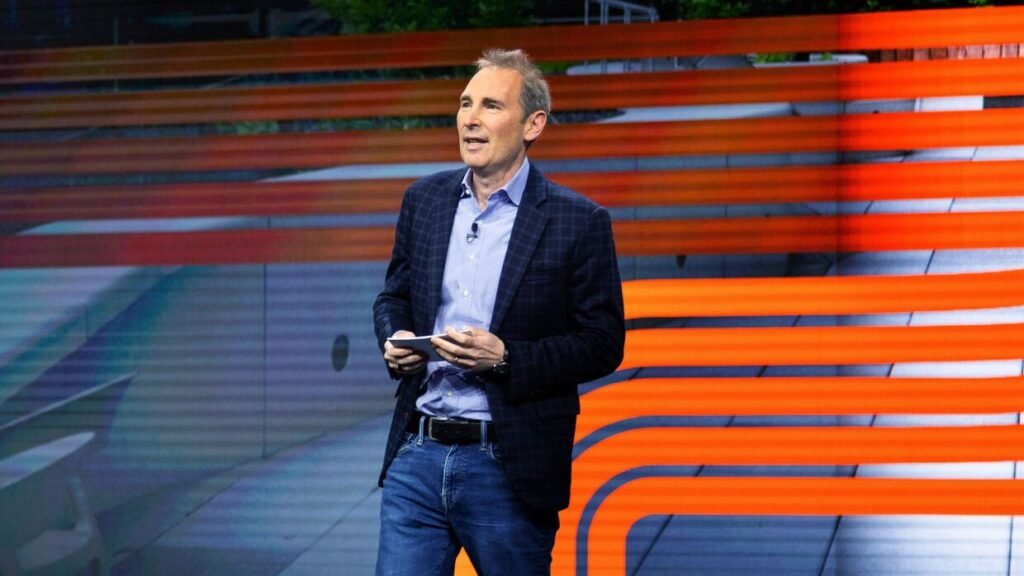
Born on January 13, 1968, in Scarsdale, New York, Andy Jassy had a classic East Coast upbringing. He earned his undergraduate degree from Harvard College and later returned to Harvard to complete his MBA at Harvard Business School. It was shortly after completing his MBA in the late 1990s that Jassy joined a relatively young and rapidly expanding company called Amazon.
Jassy officially joined Amazon in 1997, just three years after its founding. Initially hired as a marketing manager, he quickly demonstrated a unique blend of strategic thinking, product vision, and operational discipline. In those early days, he worked closely with Jeff Bezos, which laid the foundation for a long and trusted professional relationship.

But it was in 2003 that Jassy made his defining move—he pitched and then led the development of what would become Amazon Web Services (AWS). What started as an internal idea to simplify infrastructure for developers grew into one of the most profitable divisions in Amazon’s history. AWS revolutionized cloud computing, providing scalable, on-demand computing power to startups, enterprises, and even governments. Under Jassy’s leadership, AWS became a $90+ billion business, generating massive profits and fundamentally changing how businesses operate online.
Throughout the 2010s, while Jeff Bezos focused on expanding Amazon’s footprint into areas like grocery, smart devices, and media, Andy Jassy was quietly building the backbone of the internet. His visionary leadership earned him the trust of Amazon’s board and executive team, and in July 2021, he was officially named CEO of Amazon, succeeding Bezos.
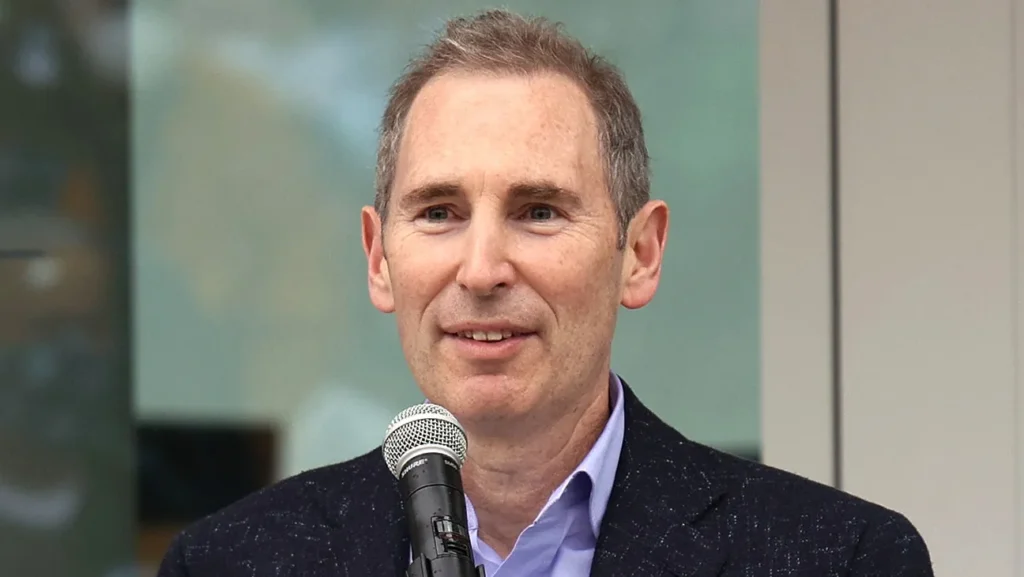
As CEO, Jassy has faced enormous challenges—from pandemic-era supply chain disruptions to rising regulatory pressure and fierce competition in AI and cloud services. Yet he’s navigated it all with a steady hand, prioritizing innovation, operational efficiency, and long-term growth. Under his leadership, Amazon has doubled down on AI development, AWS expansion, retail innovation, and agentic robotics.
Andy Jassy is widely respected as a disciplined and visionary leader. His rise is not just a story of success—it’s a reflection of what’s possible within a company that nurtures bold ideas and strategic thinkers.
Today, Jassy oversees more than 1.5 million employees, and under his command, Amazon continues to push boundaries in tech, retail, and cloud computing. Whether you’re streaming Prime Video, using Alexa, or running a startup on AWS, you’re engaging with the empire Andy Jassy helped build—and now leads.
Tech
How Tim Cook Went From Alabama Classrooms to Becoming the Boss of Apple
From humble Southern roots to Silicon Valley’s top office, Tim Cook’s education and Apple entry reveal the power of quiet brilliance.

Tim Cook, the soft-spoken executive who now leads the most valuable tech company on Earth, didn’t start out as a Silicon Valley insider. His path to becoming the CEO of Apple Inc. is a testament to the power of education, discipline, and strategic thinking over decades—not overnight success.
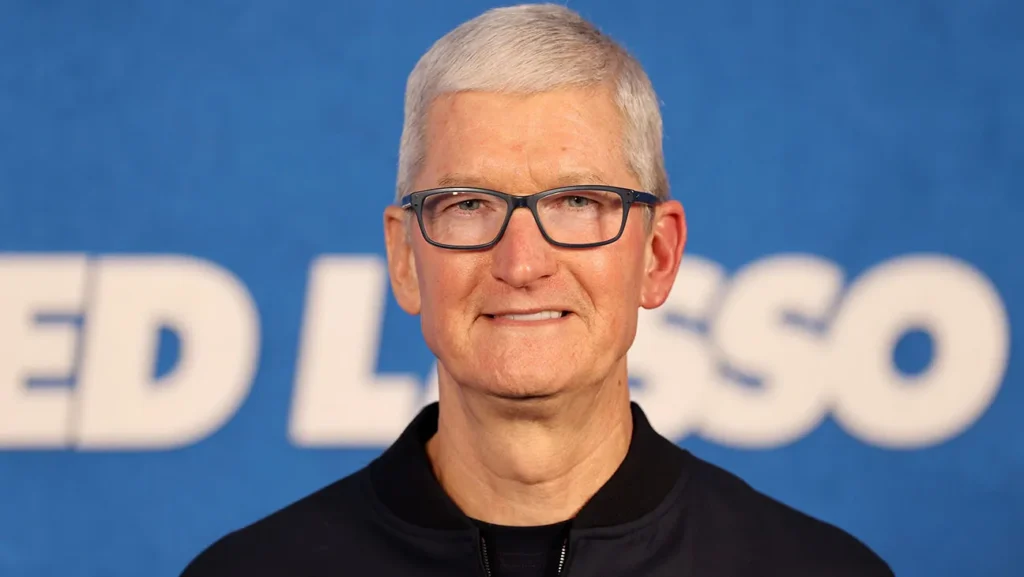
Born in Mobile, Alabama, in 1960, Tim Cook was raised in the small town of Robertsdale. Unlike many of today’s tech CEOs, Cook wasn’t coding computers as a teenager or building startups in college. Instead, he was quietly excelling in school, driven by curiosity and a strong work ethic instilled by his working-class parents—his father was a shipyard worker and his mother worked at a pharmacy.
Cook’s academic journey began at Auburn University, where he earned a Bachelor of Science in Industrial Engineering in 1982. Auburn’s program, known for blending engineering with systems thinking and efficiency modeling, laid the foundation for his future role in managing Apple’s complex global operations. Cook then went on to earn his MBA from Duke University’s Fuqua School of Business in 1988, where he was a Fuqua Scholar, an honor awarded to students who graduate in the top 10% of their class.
So, how did Tim Cook end up at Apple? After stints at IBM, Intelligent Electronics, and Compaq, Cook had already built a reputation as a supply chain wizard. He joined Apple in 1998, a time when the company was on the verge of collapse, still reeling from years of internal mismanagement and falling market share. Many questioned why anyone would leave a stable career for a company that seemed destined to fail.

But Cook saw something others didn’t. In his own words, “Any purely rational consideration” would have led him to stay at Compaq. But “my intuition told me that joining Apple would be a once-in-a-lifetime opportunity to work for a creative genius.” That genius, of course, was Steve Jobs, who had recently returned to Apple.
Cook’s first role was Senior Vice President for Worldwide Operations, and he quickly made an impact. He slashed inventory levels, streamlined supply chains, and moved Apple’s manufacturing to contract facilities, a decision that drastically improved efficiency and cut costs. His quiet but strategic approach earned him more responsibility, eventually becoming Chief Operating Officer in 2005.
When Steve Jobs stepped down due to health issues, Tim Cook officially became CEO in August 2011. Since then, he’s taken Apple to unprecedented heights—guiding it through product launches like the Apple Watch, AirPods, and Vision Pro, and expanding into services, privacy-first platforms, and sustainability.
Today, Cook’s success is not just about leading a company; it’s about how he got there. His engineering discipline, elite business training, and operational mastery are what transformed Apple’s backend into a streamlined empire and helped grow its market value by trillions.
In a world that celebrates flash and charisma, Tim Cook’s story is about patience, preparation, and the power of staying the course.
-

 US News6 days ago
US News6 days ago“She Never Made It Out…” Albany House Fire Claims Woman’s Life as Family Pleads for Help to Bring Her Home
-

 Entertainment1 week ago
Entertainment1 week ago“Detective, Psychologist, Anthropologist?” — Inside the Secret World of Casting Directors Behind ‘F1,’ ‘The Smashing Machine’ and ‘Marty Supreme’
-

 Entertainment1 week ago
Entertainment1 week ago“It Changed My Life…” Sydney Sweeney Breaks Silence on Oscar Buzz for ‘Christy’ and Why the Film’s Dark True Story Still Haunts Her
-
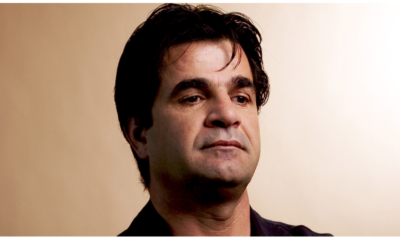
 Entertainment1 week ago
Entertainment1 week ago“A Sentence From a Country He’s Not Even In…” Jafar Panahi Hit With New Prison Term as He Prepares to Attend Gotham Awards
-

 Entertainment5 days ago
Entertainment5 days agoXG Star Cocona Shares a Brave Truth at 20 — “I Was Born Female, But That Label Never Represented Who I Truly Am…”
-

 Entertainment5 days ago
Entertainment5 days agoSamba Schutte Reveals the Surprise Cameo in Pluribus That “Nobody Saw Coming”… and Why John Cena Was Perfect for the Role
-

 Entertainment1 week ago
Entertainment1 week agoLegendary Guitarist Steve Cropper Dies at 84… Tributes Pour In for the Soul Icon Behind ‘Green Onions’ and ‘Soul Man’
-

 Entertainment1 week ago
Entertainment1 week ago‘One Battle After Another’ Stuns the Gotham Awards as Jafar Panahi Delivers Defiant Message Hours After Iran Sentencing






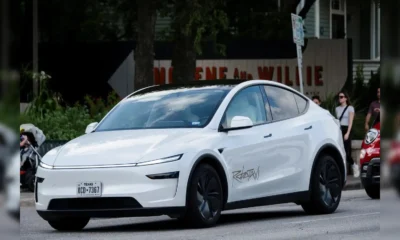





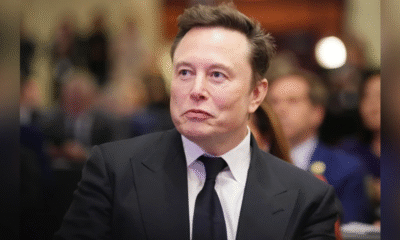
















Pingback: Meet Justine Musk The Woman Who Shared a Life and Six Children with Elon Musk - Daily Global Diary
Pingback: Who Is Grimes The Musician Mother of Elon Musk’s Three Children and a Star in Her Own Right - Daily Global Diary
Pingback: Meet Shivon Zilis The AI Executive Raising Elon Musk’s Twins Away from the Spotlight - Daily Global Diary
Pingback: Meet Elon Musk’s Sister Tosca Musk The Creative Powerhouse Behind Passionflix - Daily Global Diary
Pingback: Tosca Musk Net Worth How Elon Musk’s Sister Built a Romance Streaming Empire Worth Millions - Daily Global Diary
Pingback: Police Shut Down Cluely Party as Cheating Startup Throws the Legendary Bash That Never Happened - Daily Global Diary